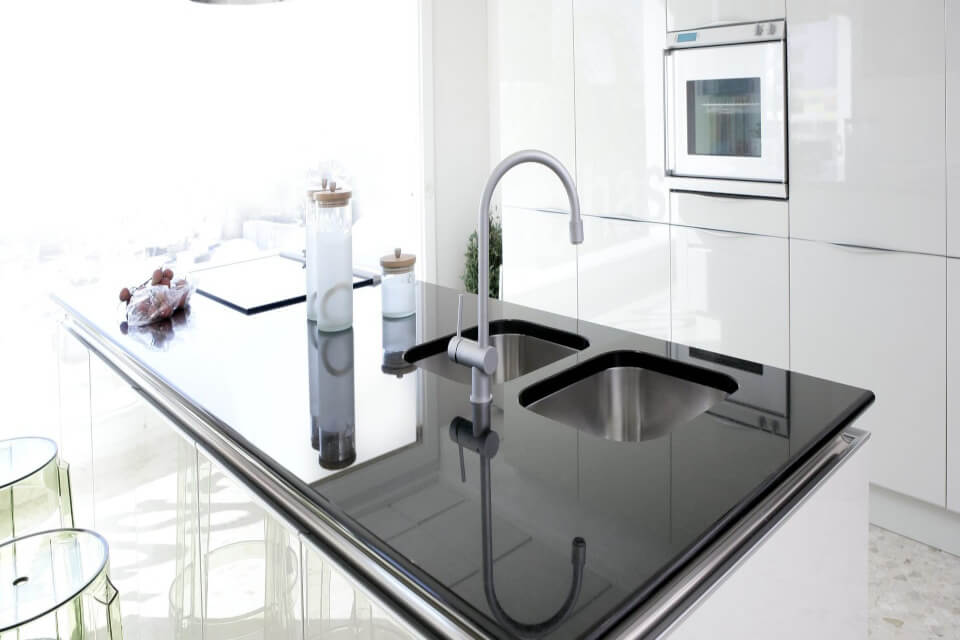Kitchen Feng Shui: how to harmonize it

The oriental culture is full of techniques and disciplines developed to take care of the health and the physical and spiritual well-being of the human being. Most of them have “balance”as their key word and, when it comes to Feng Shui, this is also the main objective. But how can kitchen Feng Shui help us in our daily routines?
Feng Shui works to achieve energy harmonization of the environments and this can be great for places like the kitchen. After all, within the Chinese and Oriental culture, the kitchen is one of the most important places of the house, being a symbol of prosperity and family wealth. Discover how kitchen Feng Shui can help you.
Kitchen Feng Shui: tips and recommendations
The kitchen is more than a space to prepare food, where from ancient times it symbolizes the family reunion, being like a meeting point of all the members of the house. Strengthening the presence of positive energies with kitchen Feng Shui is the key to make this environment as welcoming as possible, which is achievable by following very simple guidelines.
Location and Orientation
We cannot always choose where our home kitchen will be, which makes it a little difficult. But for those who have a choice, it is preferable that it be south-facing and next to the front door of the house.
We must, however, prevent it from being seen from the main entrance, that the kitchen door is facing the bathroom, and that those who are cooking have their backs to the door. If this happens, you can put some reflecting surface so that the person can see what happens behind them.
Feng Shui Elements
The first point to be raised is the abundant presence of the elements Fire and Water, coming from sources like the stove, oven, refrigerator, and taps. The abundant and even excessive presence of these two elements requires some rules to be followed in order to avoid conflicts of energies.
The first point is the grouping of items of the same element, i.e. fire elements such as stove, oven and microwave oven, which must be close together; as well as items from the water element like the refrigerator, the sink, dishwasher and washing machine.
In addition to being grouped together, it is important that they are well separated, meaning that the water elements should preferably be on opposite sides of the room, avoiding to place them side by side or facing each other.
In small spaces where this is difficult, we can ease the situation by separating them with objects of wood or steel.
Colors
Colors such as blue and red should be avoided in the kitchen, as the elements of water and fire are already present in the environment. To balance this energy flow, Feng Shui recommends using neutral tones such as Cream, Beige, Earth, and White to bring more peace of mind or shades of yellow to create a stronger sense of warmth.
Lighting
The lighting should always be very abundant so that it is possible to see clearly all the parts of the room. During the day, natural light is preferable; the more the merrier.
Decoration
Decorative items should follow the same color trends and general elements. To increase the flow of positive energies plants, natural fruits, fresh flowers or food-related representations can be used.
Since the kitchen is a family gathering point, it is important that a table is present in which it is possible to gather all the members of the house.
You may also like:
- How to Feng Shui your workplace: improve productivity and happiness
- How to Feng Shui your living room
- How to apply Feng Shui in the bedroom

